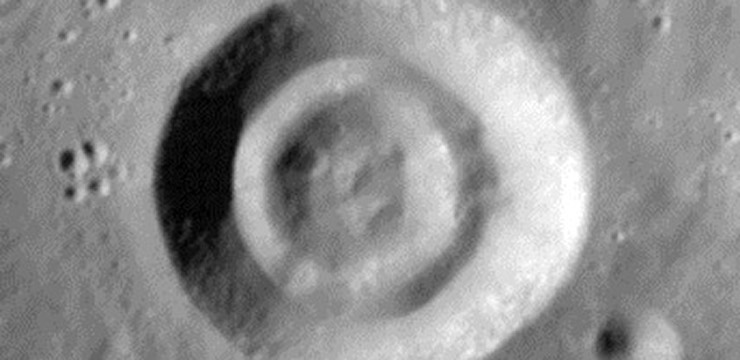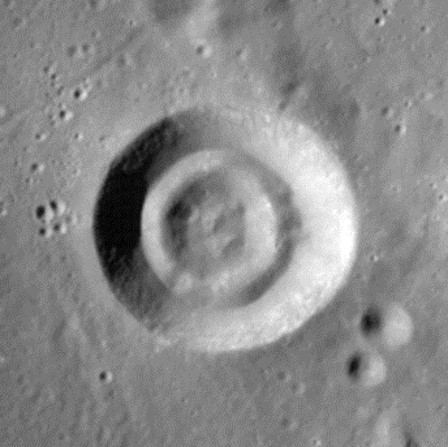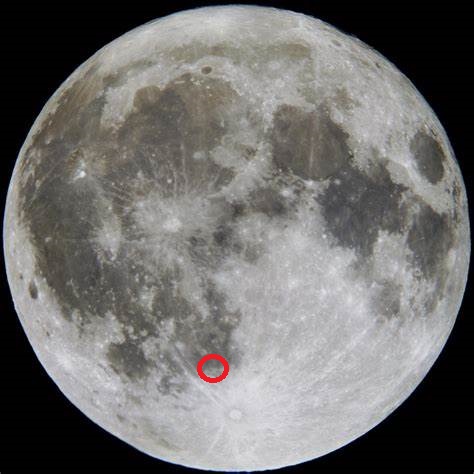
Lunatic’s Corner: Hesiodus A
October 2022 :
Lunatic’s Corner is a bi-monthly column discussing all things lunar with origins in Skyscrapers Lunar Observing Program group.
This month’s topic is the crater Hesiodus A. Hesiodus A is the next largest of the smaller craters close to the main crater Hesiodus. These craters are named for the Greek poet, farmer, and astronomer, Hesiod. It is thought that Hesiod lived in ancient Greece about 2,700 years ago and was a contemporary of Homer. Hesiod is credited with writing “Astronomia”, a hexameter poem of which only fragments exist today. The surviving text contains information on the rising and setting mostly of the Pleiades and Hyades. Some experts theorize that these fragments may be part of an expanded version of Hesiod’s poem, “Works and Days”, in which he describes the changing sky in relation to agricultural activities and seasonal variations.
Hesiod A is a rare sort of crater on the moon as it contains concentric rings. It is approximately 10 miles wide and about a mile deep and is located on the southern shore of Mare Nubium (Sea of Clouds) near the craters Hesiodus and Pitatus. It is the largest of all concentric ringed crates on the Moon. Optimal viewing occurs on Lunar day 9 but it will remain visible through the full Moon. A 4.5” telescope is the recommended minimum for spotting this crater, but experienced observers might be able to see it with small apertures, high magnification, and good seeing conditions. A complete list of all 114 concentric craters can be found here: Concentric craters on the Moon - Wikimedia Commons
Of the thousands of craters on the moon, only 114 have been documented as having concentric craters. These craters are generally small, simple craters (bowl shaped, 2-12 miles in diameter). Several theories have been put forward as to the origin of these objects. One theory suggests that two objects may have hit consecutively in the same place. Another claimed that volcanism was responsible by lava extrusion from volcanic domes that cooled and receded. Other theories addressed the effect of differing surface layers on the impact event. Since concentric craters appear only on or near the borders of the lunar mare, spatial distribution of concentric craters would seem to eliminate external causes. Existing in regions of past volcanic activity, volcanism might seem to be the best fit. However, analytical evidence shows that the material inside the craters and outside the craters is identical, eliminating volcanic extrusion as a source of the craters.
Further investigation has indicated that igneous extrusion may be the cause. Igneous extrusion occurs when molten rock pushes against the floor of the crater from underneath. In larger complex craters, this process seems to form floor fractured craters, but in smaller simple craters, it presumably forms a ring shape and would explain why we only see small concentric craters that are distributed near the mare/highland borders. Although this is the best explanation we have today for the existence of this phenomenon, there is still much we do not know about the formation of these interesting craters.
Next time you are out on a moonlit night, take aim at Hesiodus A or one of the other lunar bullseyes and contemplate and appreciate the complex and mysterious processes that created it.


Michael Corvese is a confirmed lunatic of many years regardless of his recent interest in lunar observing.



